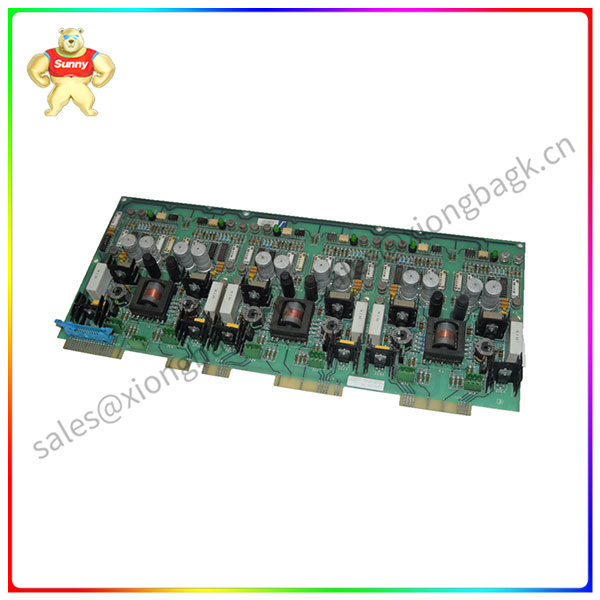On June 12, Chengdu-based Carnop Robotics Co., LTD. (hereinafter referred to as “Carnop”) officially opened its store in Malaysia, with Lion Xing for its entertainment. On the head of the shop behind the lion, two industrial robots are printed in readiness. The store is also the Chinese industrial robot company’s first overseas store.
The industrial robot industry will enter a new stage. In March this year, the Ministry of Industry and Information Technology solicited public comments on the “Industrial Robot Industry Standard Conditions (2024 version)” (draft for comment) and the “Industrial Robot Industry Standard Management Implementation Measures (2024 version)” (draft for comment).
“China Business Daily” reporter recently interviewed some industrial robot enterprises in Chengdu to learn that the improvement of the localization rate of industrial robots not only effectively improves the production efficiency and reduces the cost of domestic manufacturing industry, but also provides a great help to solve the problem of labor difficulties. On the other hand, enterprises are also looking forward to the use of more industrial robots.
SAFT-170-PAC Steadier, faster, stronger
At the beginning of this month, Youbi announced that the industrial version of the company’s humanoid robot Walker S will enter the Dongfeng Liuqi factory to carry out seat belt detection, car door lock detection, lamp cover plate detection, body inspection station and other work in the automobile manufacturing process. The industry speculates that the first large-scale application of humanoid robots in the future is in the industrial field.
In fact, before humanoid robots, industrial robots shaped like a powerful large “iron arm” have released huge energy in the manufacturing field. Deng Shihai, deputy general manager of Canop, told reporters that industrial robots have three advantages: speed, accuracy and weight bearing. For example, the CRP-RH26-210 produced by the company can grasp items weighing up to 210 kilograms for operation, repeated positioning accuracy of 0.06 mm, which is impossible to do by human hands.

SAFT-170-PAC
More importantly, some dirty, tiring and even dangerous jobs are already facing difficulties in recruiting workers. For example, grinding metal parts will produce dust, which is harmful to human health; The arc light in welding is also very damaging to people’s eyes and skin, and heavy protective equipment is needed in the process of operation. Now many young people are reluctant to do these jobs, which makes it difficult to find workers. Industrial robots can replace humans to do these jobs, avoid human physical harm, but also to solve the problem of enterprises can not recruit people.
SAFT-170-PAC The reporter saw in the product hall of Canop that a white machine was being displayed in operation. It can smoothly complete the action of grasping, moving and placing the specified position, moving quickly, grasping and placing gently, just like a careful worker. But unlike humans, it can work for hundreds of hours without stopping.
Sichuan Chengzhu Baoma Welding Equipment Engineering Co., LTD. (hereinafter referred to as “Chengzhu Baoma”), which is an industrial robot system integration company, has expanded its business to Europe and Africa, and set up an overseas localization team. Yang Congjun, general manager of the company’s business division, also said that the operation of industrial robots is also more guaranteed in terms of accuracy. “For example, when gluing, workers may not play evenly, but after the industrial robot sets the parameters, the gluing results are the same each time, and the product quality is more consistent.” “He said.
Industrial robots are widely used in consumer electronics, automobiles, metal products and other fields, and with the rise of the new energy industry, gradually expand to lithium, photovoltaic and other industries. The reporter learned that welding robot is one of the main application categories of industrial robots, in the global service of industrial robots, welding robot stock accounted for about 50%.
According to the statistics Bureau, from 2015 to 2022, the annual output of industrial robots in China increased from 33,000 units to 443,000 units, an increase of more than 12 times in eight years. The latest data from the National Bureau of Statistics show that the output of industrial robots in April 2024 increased by 25.9% year-on-year.
The Great Wall Guorui Securities Research report also pointed out that the rapid development of the new energy industry in recent years has brought about the incremental demand for industrial robots, which is of great significance for improving the localization rate of industrial robots in China. For example, in 2022, the robot shipment growth rate of the automotive electronics and lithium battery industry is greater than 30%, and the robot shipment growth rate of the photovoltaic industry is greater than 20%.
 中文版
中文版




